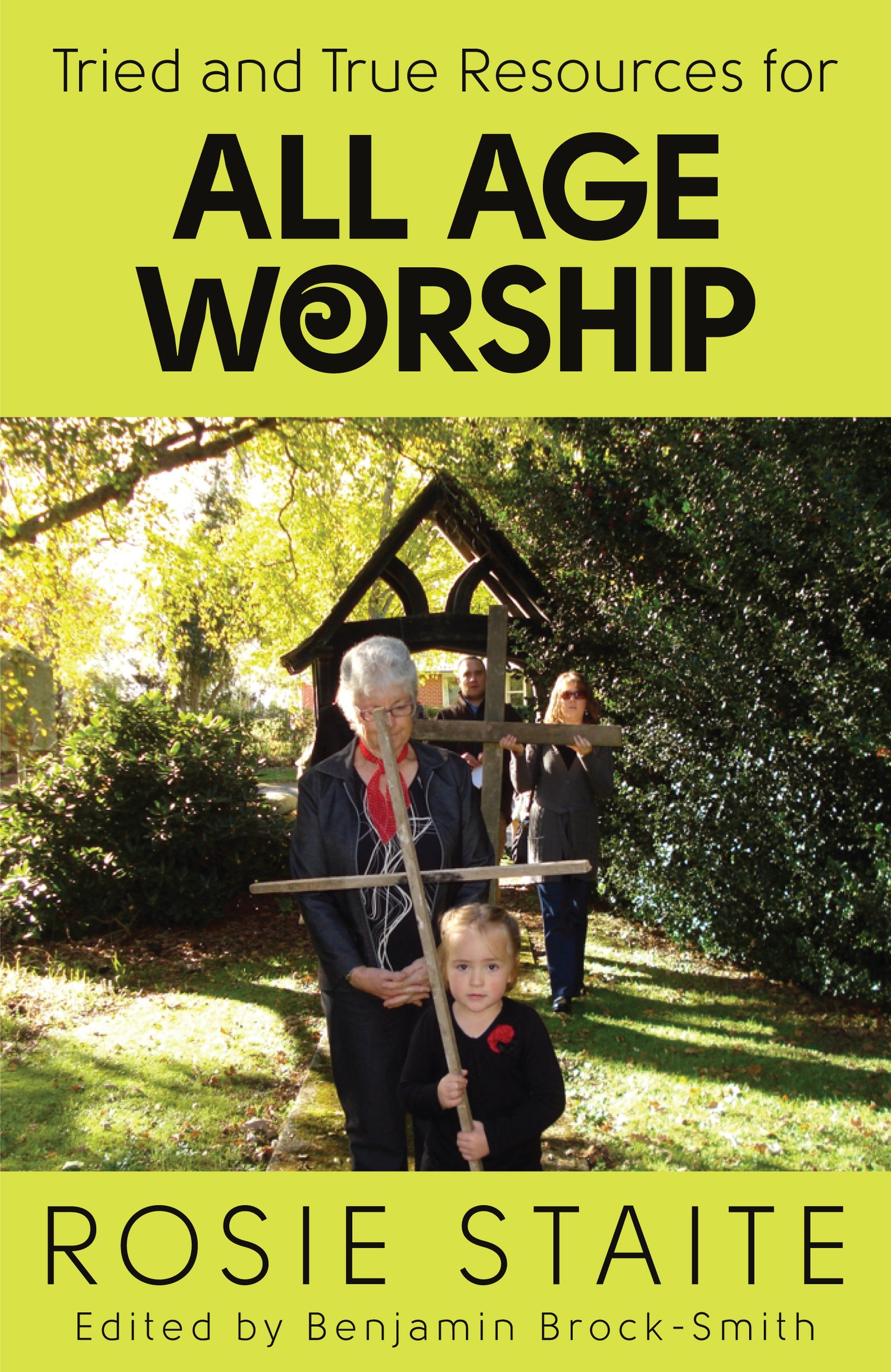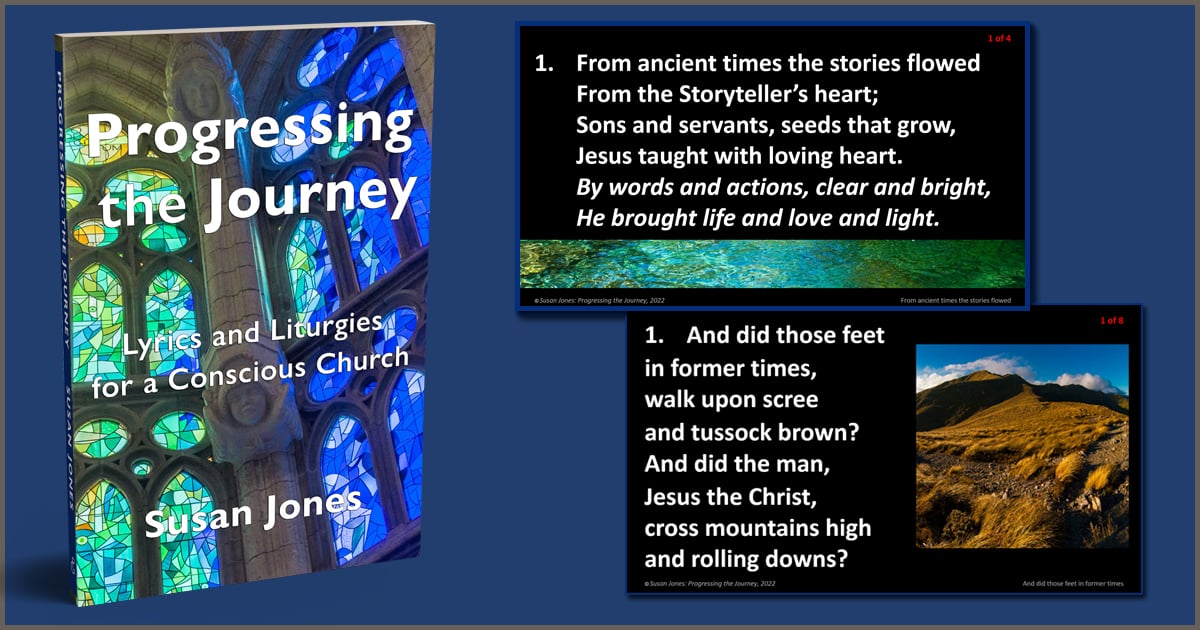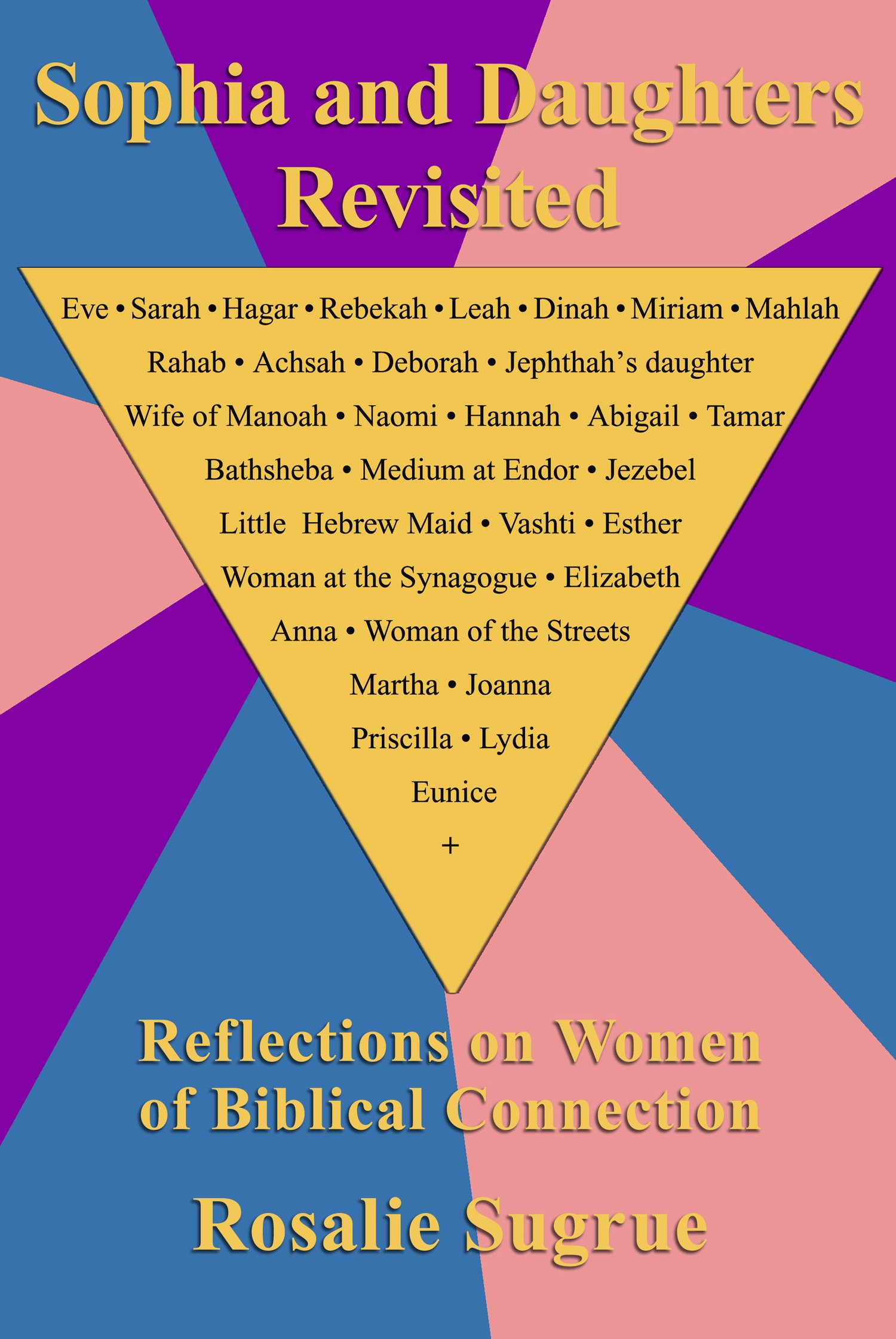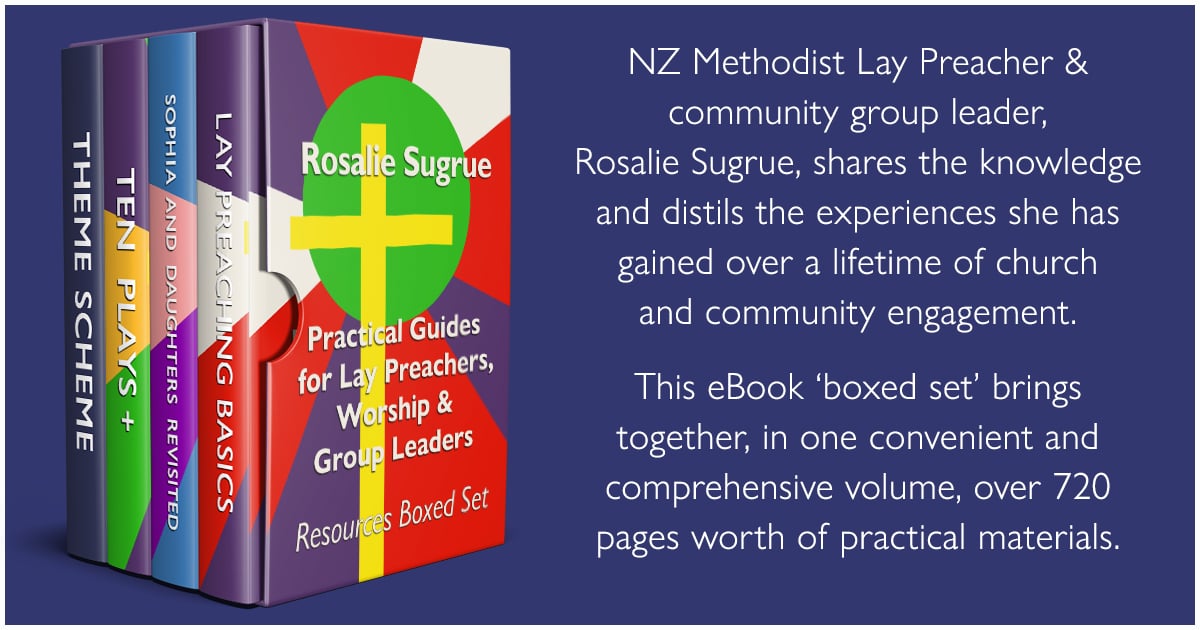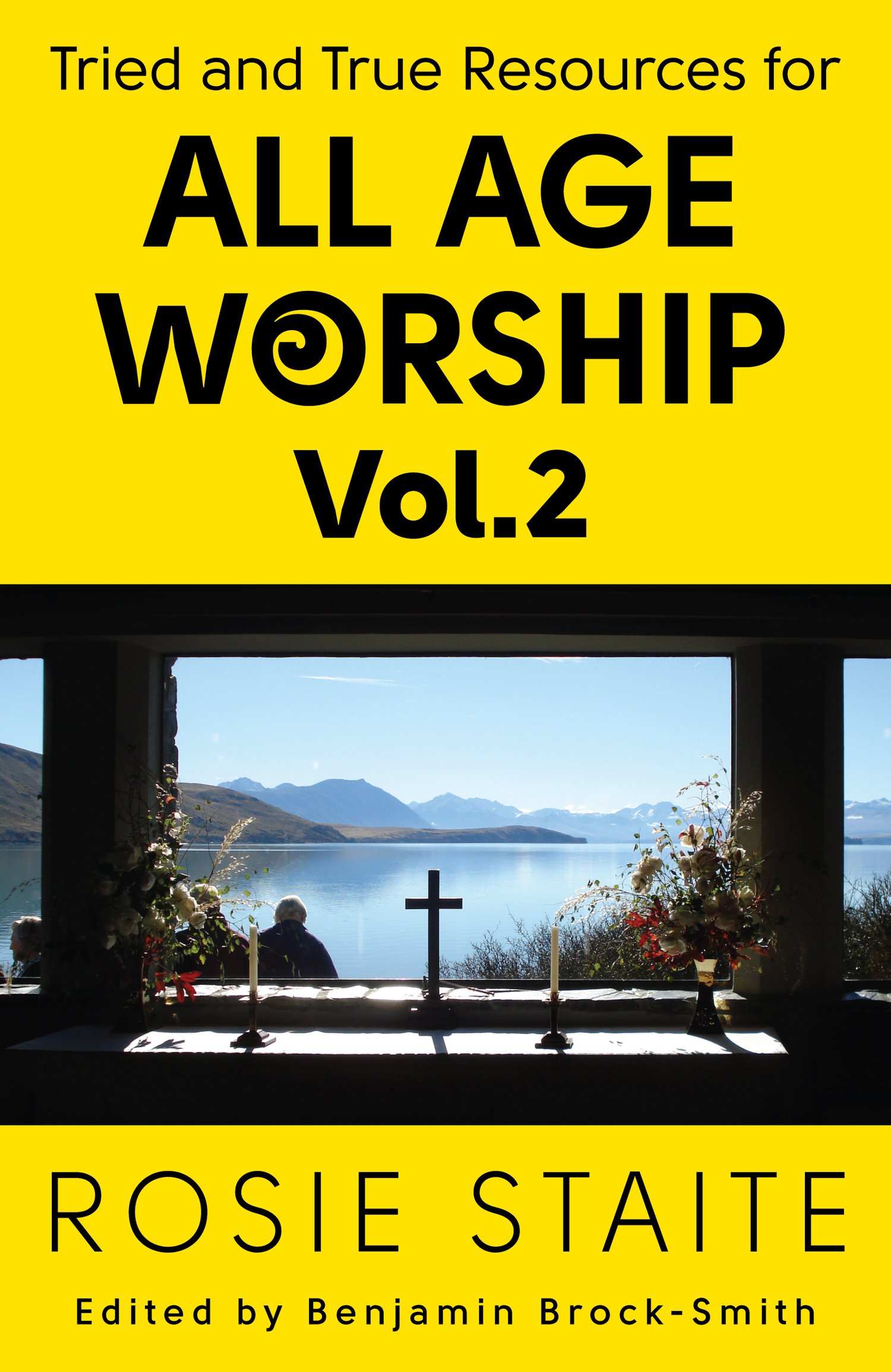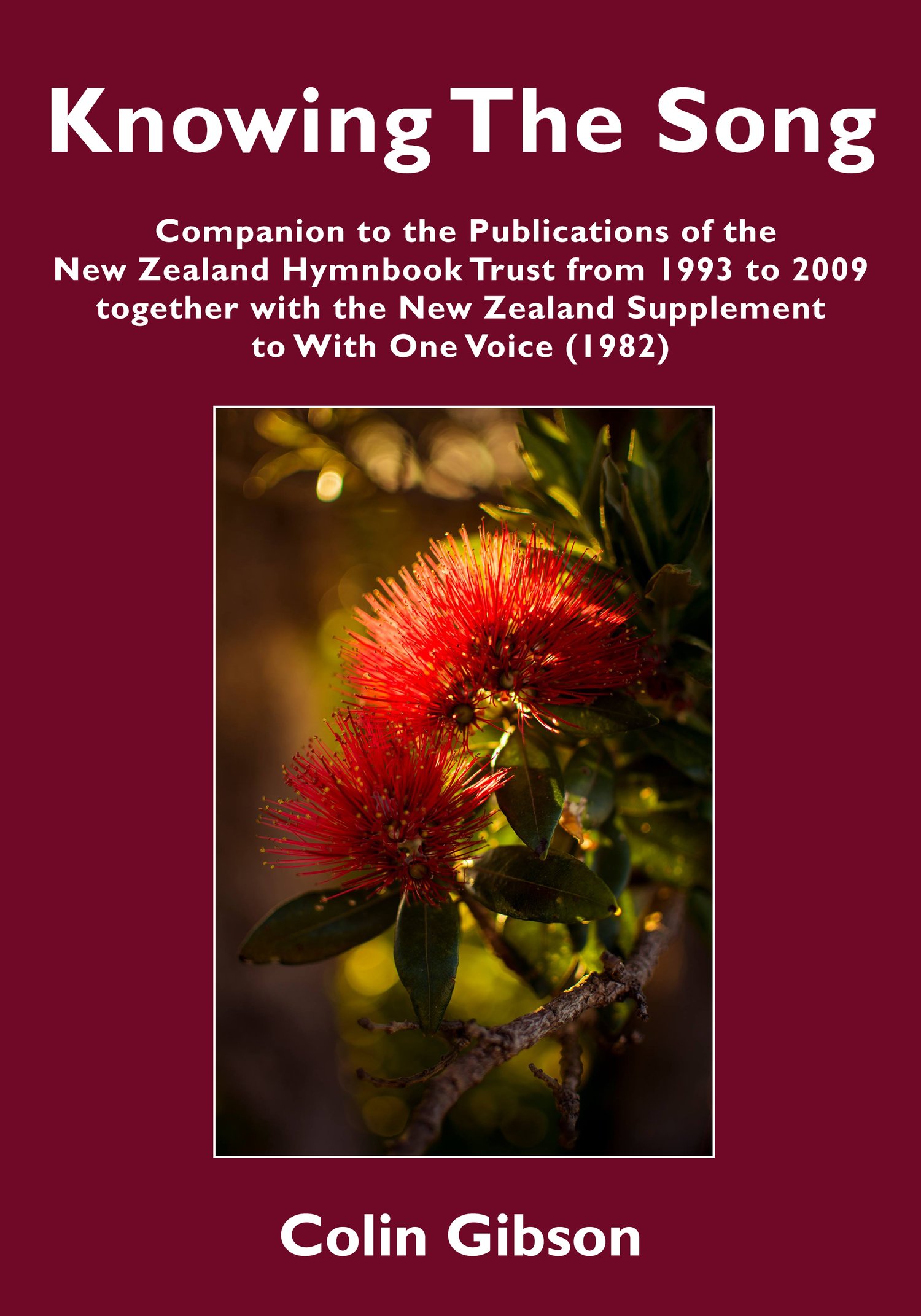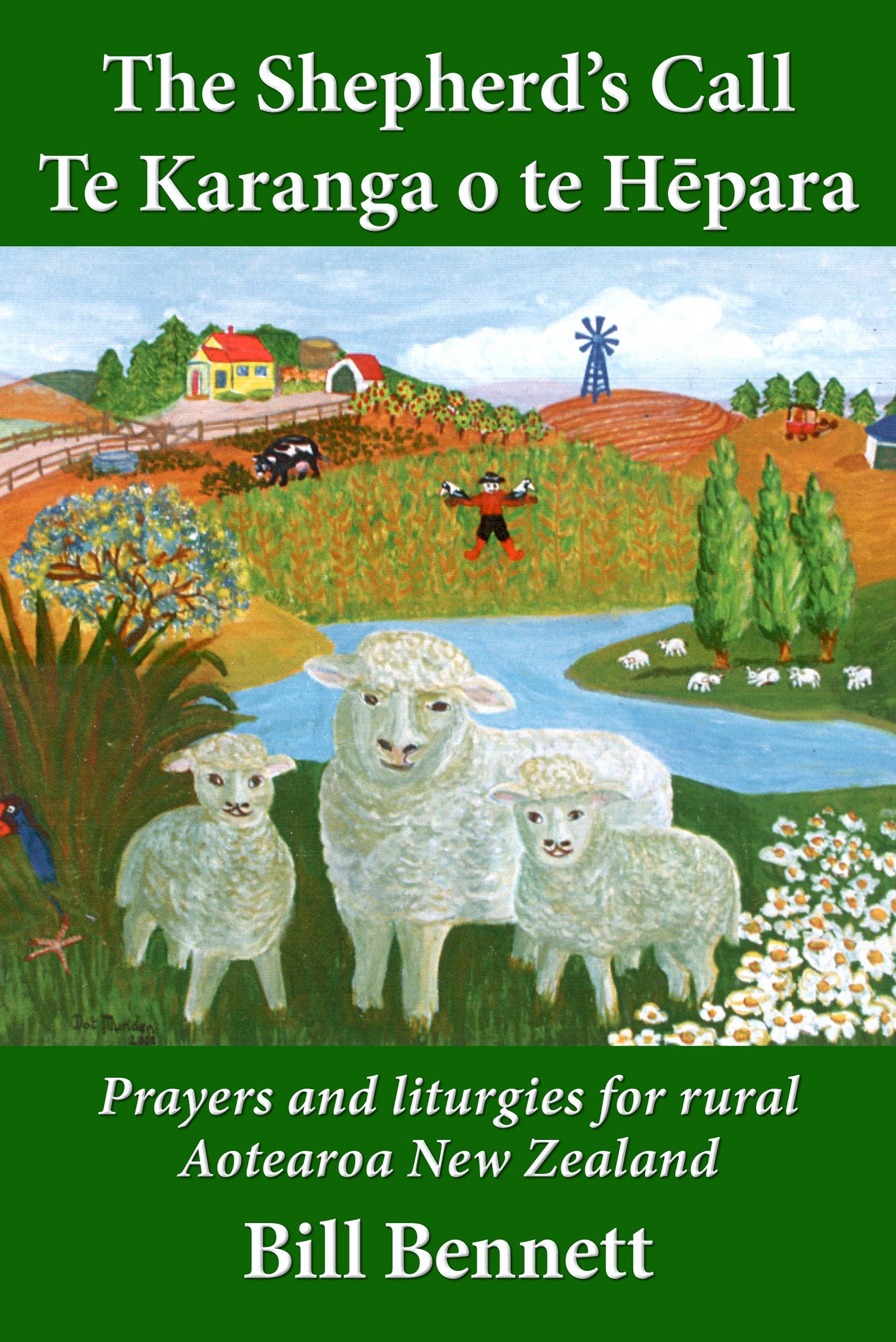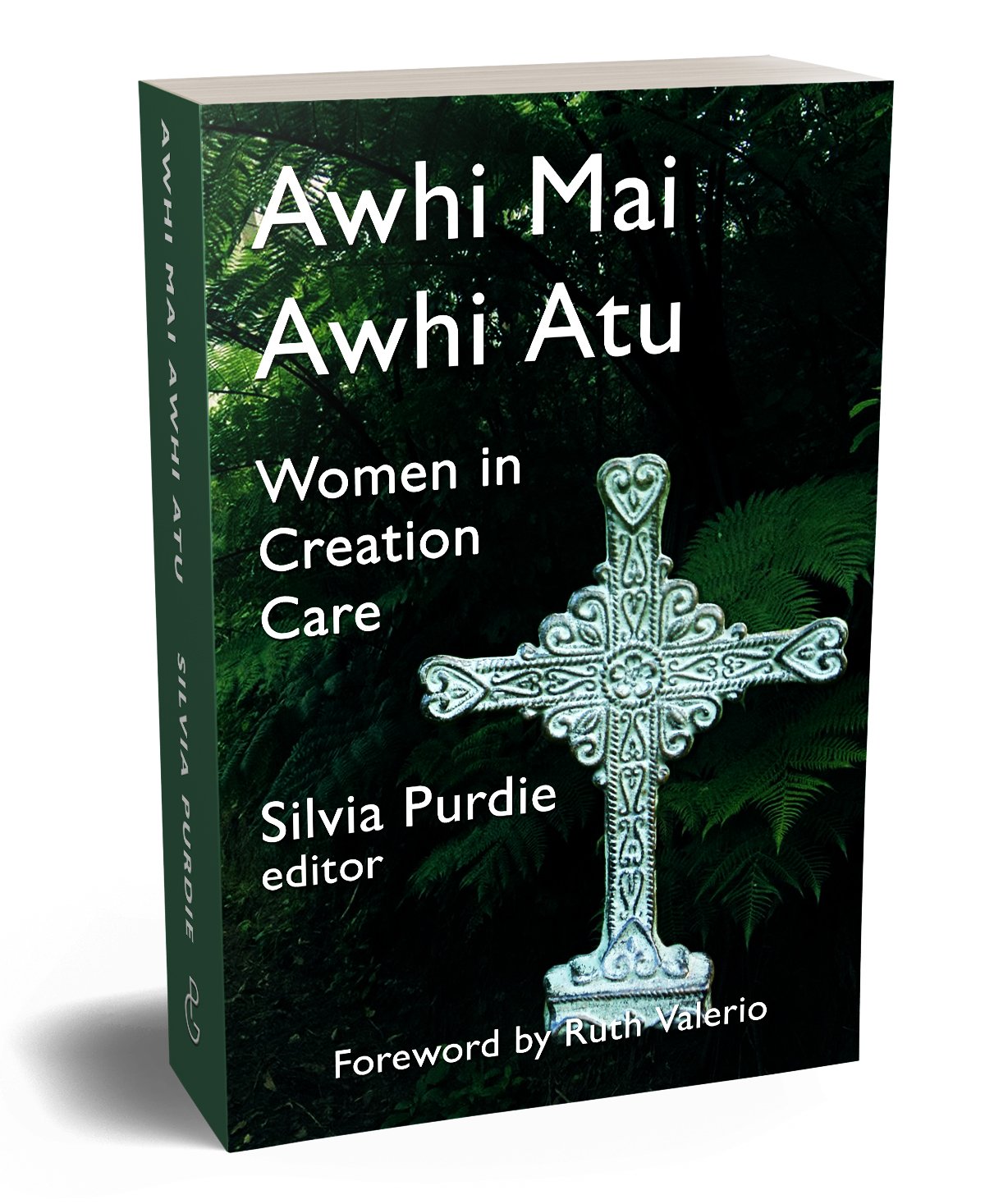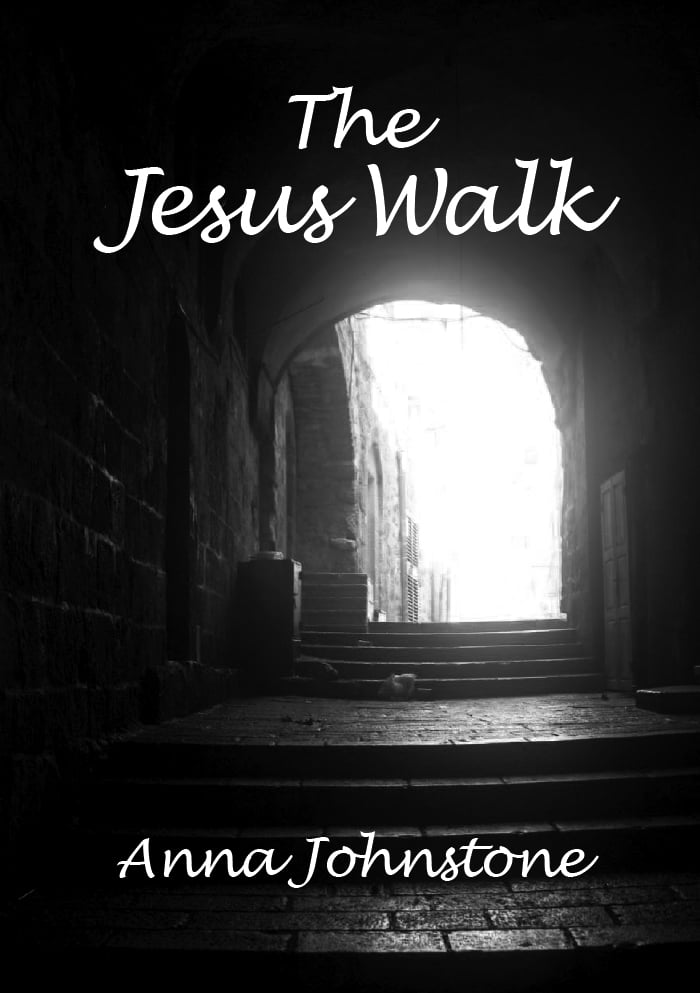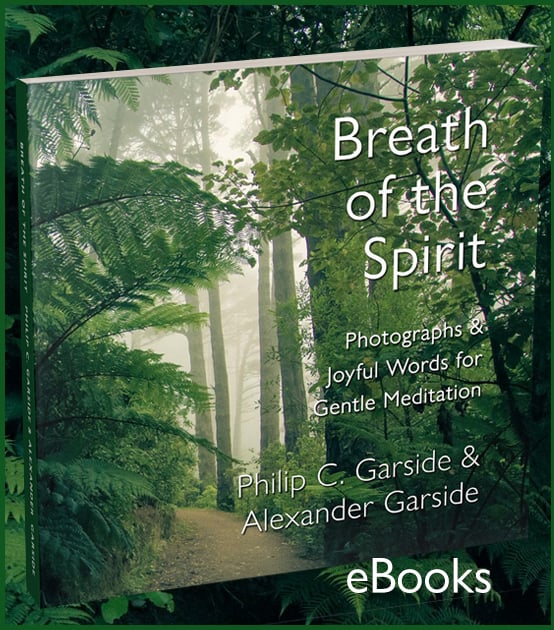
Short Introductions to the Bible Readings for the Revised Common Lectionary, Years A, B & C: A Resource for the Readers at the Lectern
On Sale
NZD10.00
NZ$10.00
By Bill Bennett
Would you like a simple, quick way to engage with the Revised Common Lectionary Old Testament, Epistle and Gospel readings for each Sunday and other important days in the church calendar?
Bill Bennett’s short introductions to each Bible reading will get you started.
There are several ways you can use this book:
As a preface to the Bible reading in a service
Before delivering each Bible reading from the lectern, read aloud the relevant short introduction given in this book.
The intention is to help congregation members to start to think their way into the meaning and significance of each Bible reading, as it is being read to them. The preacher will then usually expand on one or more of the Bible readings, given from the lectern, in their sermon or reflection.
As a courtesy, it is suggested that the person delivering the Bible readings check with the preacher that he or she is happy for the particular short introduction/s to be read. There may be times when the preacher wishes to emphasise a different interpretation of a reading and would prefer that the introduction not be given.
As a sermon spark
It is hoped that preachers will find the short introductions give them an initial idea, or spark, to set them on the way to writing a sermon.
For personal devotional reading
In the days leading up to the next service, you can read the short introductions and the relevant Bible passages as a personal devotion that will help you engage with the readings and sermon during worship.
If you can’t be at the service, treat the short introductions and Bible readings as your own time of worship.
In your church’s weekly news bulletin
Churches are welcome to include the short introductions in their weekly, parish news bulletins. Please credit them as shown on the copyright page.
Using the Scripture Index
The Scripture Index shows all the occasions on which a Bible reading occurs in this book. For ease of reference, the index is sorted alphabetically by the name of the book of the Bible, rather than the order in which the books appear in the Bible.
Notes on the contents of this book
Psalms
This book does not include readings from the Psalms.
Some congregations include in their liturgy the Psalms set in the lectionary. Others use different Psalms that they think better fit with the theme/s of worship for the day. Also, congregations, if they sing or chant them, often repeat the same Psalm for 2-3 weeks so that people become acquainted with them. Some churches don’t use Psalms at all!
New Zealand Anglican Lectionary — Te Maramataka
The readings in this book mainly follow the pattern of the Anglican Lectionary — Te Maramataka used in New Zealand.
Readers may find that are some regional, international or denominational variations in the readings set for the Revised Common Lectionary used by their local church.
Sample Entries from the book for RCL Year C
Advent 4
Old Testament: Micah 5:2-5a
This reading is an additional postscript to the prophecies of Micah. It refers to the return of the Jews from exile. From a Bethlehem family clan will come a shepherd king.
Epistle: Hebrews 10:5-10
The writer quotes from Psalm 40 to show Christ replacing the old order of things through his life, death and resurrection.
Gospel: Luke 1:39-45 (46-55)
Mary visits her kinswoman, Elizabeth, also pregnant. Elizabeth gives thanks to God. (The Song of Mary, the Magnificat, that follows, echoes the prayer of Hannah from the First Book of Samuel).
Christmas Day
Proper I
Old Testament: Isaiah 9:2-7
This familiar passage uttered in the 8th century BC by the first author of Isaiah foretells a divine kingship derived from the dynasty of King David and blessed by God. It ushers in the notion of a messianic kingship.
Epistle: Titus 2:11-14
Titus, left by Paul in Crete to build up the church there, is ordered to encourage the Christians to live their lives according to the highest moral standards.
Gospel: Luke 2:1-14, (15-20)
This is Luke’s account of the birth of Jesus, and the angelic visitation to the shepherds telling of the birth of the Messiah.
Proper II
Old Testament: Isaiah 62:6-12
In the late 6th century BC the exiled Jews are about to return to their homeland. They must prepare for the journey and declare God’s saving grace to all people.
Epistle: Titus 3:4-7
Paul reaffirms the renewal of the Holy Spirit freely given, and of grace given and hope of eternal life.
Gospel: Luke 2:(1-7), 8-20
[As for Proper I]
Proper III
Old Testament: Isaiah 52:7-10
This passage affirms for Jews their return from Exile about 520 BC, and that God has brought them salvation and hope, something that all the world can witness to.
Epistle: Hebrews 1:1-4, (5-12)
In the birth of Jesus the very being of God is shown. (The writer then selects significant Old Testament verses to show this unfolding divine revelation.)
Gospel: John 1:1-14
John sees the birth of Jesus as a sign of God’s timeless creative power which precedes all history and is now expressed in human form. The ‘Word,’ the ‘Logos,’ brings together both Greek and Jewish notions of God’s presence in time and eternity.
The Naming of Jesus
Old Testament: Numbers 6:22-27
Moses asks Aaron to bless the people as they continue their nomadic life in the Sinai desert after the Exodus event.
Epistle: Galatians 4:4-7
Paul sees the people as having been slaves under the Law, but in Christ are adopted as daughters and sons of God.
Gospel: Luke 2:15-21
The shepherds visit the baby Jesus. A week later the rite of circumcision takes place.
Christmas 1
Old Testament: 1 Samuel 2:18-20, 26
Samuel’s parents make their annual religious pilgrimage to Shiloh, a central place of worship, sometime in the 11th century BC.
Epistle: Colossians 3:12-17
Paul encourages the Colossians to let Christ fill their lives.
Gospel: Luke 2:41-52
Like Samuel’s parents Jesus’ parents make their annual pilgrimage to Jerusalem. Both the humanity and the divinity of Jesus are reflected in the events that follow.
Christmas 2
Old Testament:
Either Jeremiah 31:7-14
Jeremiah prophesies the joyful return of the exiled and scattered Jews, despite the ravages of the military conquest of Jerusalem at the hands of Nebuchadnezzar in 587 BC.
Or Sirach 24:1-12
This reading comes from a learned writer and is dated about 160 BC. He praises the wisdom of God.
Epistle: Ephesians 1:3-14
The Christian fellowship at Ephesus receives this letter from an imprisoned Paul, who praises the action of God in Christ through the Holy Spirit.
Gospel: John 1:(1-9), 10-18
The prologue of the gospel spells out Christ as God’s light, but a light ignored by the world.
The Epiphany of our Lord Jesus Christ
Old Testament: Isaiah 60:1-6
The return of the Jews from Exile in 538 BC is a sign to all nations to acknowledge the actions of a God who saves and restores.
Epistle: Ephesians 3:1-12
Paul explains to Ephesian Christians that his ministry is principally to the peoples of all cultures, including Greek and Roman. It is also a faith which comes out of his Jewish heritage.
Gospel: Matthew 2:1-12
The visit of the Wise Men to the infant Jesus is a story full of imagery. The whole universe as well as the world of human thought and knowledge pay homage to the Christ child.
About the author
Bill Bennett comes from a Southern Hawke’s Bay farming background.
He has served much of his ministry as an Anglican priest in rural parishes in the Diocese of Waiapu as well as in the Norwich and Lichfield Dioceses in England. He worked as Ministry Enabler and twice as Regional Dean in Hawke’s Bay between 1994 and 2015.
His interest in rural communities is reflected in his publications: God of the Whenua (an overview of rural ministry in New Zealand), Seasons of the Land and The Shepherd’s Call (both being prayers and liturgies for rural communities) and When the Tui Calls, an extended essay on rural ministry’s origins and futures.
He continues to write hymns and songs (words and music).
He is on the Editorial Board of the international periodical, Rural Theology. Till its demise recently he was tutor in Rural Ministry Studies for the Ecumenical Institute for Distance Theological Studies (EIDTS).
He and his wife Wendy live in retirement in Napier, New Zealand.
Would you like a simple, quick way to engage with the Revised Common Lectionary Old Testament, Epistle and Gospel readings for each Sunday and other important days in the church calendar?
Bill Bennett’s short introductions to each Bible reading will get you started.
There are several ways you can use this book:
As a preface to the Bible reading in a service
Before delivering each Bible reading from the lectern, read aloud the relevant short introduction given in this book.
The intention is to help congregation members to start to think their way into the meaning and significance of each Bible reading, as it is being read to them. The preacher will then usually expand on one or more of the Bible readings, given from the lectern, in their sermon or reflection.
As a courtesy, it is suggested that the person delivering the Bible readings check with the preacher that he or she is happy for the particular short introduction/s to be read. There may be times when the preacher wishes to emphasise a different interpretation of a reading and would prefer that the introduction not be given.
As a sermon spark
It is hoped that preachers will find the short introductions give them an initial idea, or spark, to set them on the way to writing a sermon.
For personal devotional reading
In the days leading up to the next service, you can read the short introductions and the relevant Bible passages as a personal devotion that will help you engage with the readings and sermon during worship.
If you can’t be at the service, treat the short introductions and Bible readings as your own time of worship.
In your church’s weekly news bulletin
Churches are welcome to include the short introductions in their weekly, parish news bulletins. Please credit them as shown on the copyright page.
Using the Scripture Index
The Scripture Index shows all the occasions on which a Bible reading occurs in this book. For ease of reference, the index is sorted alphabetically by the name of the book of the Bible, rather than the order in which the books appear in the Bible.
Notes on the contents of this book
Psalms
This book does not include readings from the Psalms.
Some congregations include in their liturgy the Psalms set in the lectionary. Others use different Psalms that they think better fit with the theme/s of worship for the day. Also, congregations, if they sing or chant them, often repeat the same Psalm for 2-3 weeks so that people become acquainted with them. Some churches don’t use Psalms at all!
New Zealand Anglican Lectionary — Te Maramataka
The readings in this book mainly follow the pattern of the Anglican Lectionary — Te Maramataka used in New Zealand.
Readers may find that are some regional, international or denominational variations in the readings set for the Revised Common Lectionary used by their local church.
Sample Entries from the book for RCL Year C
Advent 4
Old Testament: Micah 5:2-5a
This reading is an additional postscript to the prophecies of Micah. It refers to the return of the Jews from exile. From a Bethlehem family clan will come a shepherd king.
Epistle: Hebrews 10:5-10
The writer quotes from Psalm 40 to show Christ replacing the old order of things through his life, death and resurrection.
Gospel: Luke 1:39-45 (46-55)
Mary visits her kinswoman, Elizabeth, also pregnant. Elizabeth gives thanks to God. (The Song of Mary, the Magnificat, that follows, echoes the prayer of Hannah from the First Book of Samuel).
Christmas Day
Proper I
Old Testament: Isaiah 9:2-7
This familiar passage uttered in the 8th century BC by the first author of Isaiah foretells a divine kingship derived from the dynasty of King David and blessed by God. It ushers in the notion of a messianic kingship.
Epistle: Titus 2:11-14
Titus, left by Paul in Crete to build up the church there, is ordered to encourage the Christians to live their lives according to the highest moral standards.
Gospel: Luke 2:1-14, (15-20)
This is Luke’s account of the birth of Jesus, and the angelic visitation to the shepherds telling of the birth of the Messiah.
Proper II
Old Testament: Isaiah 62:6-12
In the late 6th century BC the exiled Jews are about to return to their homeland. They must prepare for the journey and declare God’s saving grace to all people.
Epistle: Titus 3:4-7
Paul reaffirms the renewal of the Holy Spirit freely given, and of grace given and hope of eternal life.
Gospel: Luke 2:(1-7), 8-20
[As for Proper I]
Proper III
Old Testament: Isaiah 52:7-10
This passage affirms for Jews their return from Exile about 520 BC, and that God has brought them salvation and hope, something that all the world can witness to.
Epistle: Hebrews 1:1-4, (5-12)
In the birth of Jesus the very being of God is shown. (The writer then selects significant Old Testament verses to show this unfolding divine revelation.)
Gospel: John 1:1-14
John sees the birth of Jesus as a sign of God’s timeless creative power which precedes all history and is now expressed in human form. The ‘Word,’ the ‘Logos,’ brings together both Greek and Jewish notions of God’s presence in time and eternity.
The Naming of Jesus
Old Testament: Numbers 6:22-27
Moses asks Aaron to bless the people as they continue their nomadic life in the Sinai desert after the Exodus event.
Epistle: Galatians 4:4-7
Paul sees the people as having been slaves under the Law, but in Christ are adopted as daughters and sons of God.
Gospel: Luke 2:15-21
The shepherds visit the baby Jesus. A week later the rite of circumcision takes place.
Christmas 1
Old Testament: 1 Samuel 2:18-20, 26
Samuel’s parents make their annual religious pilgrimage to Shiloh, a central place of worship, sometime in the 11th century BC.
Epistle: Colossians 3:12-17
Paul encourages the Colossians to let Christ fill their lives.
Gospel: Luke 2:41-52
Like Samuel’s parents Jesus’ parents make their annual pilgrimage to Jerusalem. Both the humanity and the divinity of Jesus are reflected in the events that follow.
Christmas 2
Old Testament:
Either Jeremiah 31:7-14
Jeremiah prophesies the joyful return of the exiled and scattered Jews, despite the ravages of the military conquest of Jerusalem at the hands of Nebuchadnezzar in 587 BC.
Or Sirach 24:1-12
This reading comes from a learned writer and is dated about 160 BC. He praises the wisdom of God.
Epistle: Ephesians 1:3-14
The Christian fellowship at Ephesus receives this letter from an imprisoned Paul, who praises the action of God in Christ through the Holy Spirit.
Gospel: John 1:(1-9), 10-18
The prologue of the gospel spells out Christ as God’s light, but a light ignored by the world.
The Epiphany of our Lord Jesus Christ
Old Testament: Isaiah 60:1-6
The return of the Jews from Exile in 538 BC is a sign to all nations to acknowledge the actions of a God who saves and restores.
Epistle: Ephesians 3:1-12
Paul explains to Ephesian Christians that his ministry is principally to the peoples of all cultures, including Greek and Roman. It is also a faith which comes out of his Jewish heritage.
Gospel: Matthew 2:1-12
The visit of the Wise Men to the infant Jesus is a story full of imagery. The whole universe as well as the world of human thought and knowledge pay homage to the Christ child.
About the author
Bill Bennett comes from a Southern Hawke’s Bay farming background.
He has served much of his ministry as an Anglican priest in rural parishes in the Diocese of Waiapu as well as in the Norwich and Lichfield Dioceses in England. He worked as Ministry Enabler and twice as Regional Dean in Hawke’s Bay between 1994 and 2015.
His interest in rural communities is reflected in his publications: God of the Whenua (an overview of rural ministry in New Zealand), Seasons of the Land and The Shepherd’s Call (both being prayers and liturgies for rural communities) and When the Tui Calls, an extended essay on rural ministry’s origins and futures.
He continues to write hymns and songs (words and music).
He is on the Editorial Board of the international periodical, Rural Theology. Till its demise recently he was tutor in Rural Ministry Studies for the Ecumenical Institute for Distance Theological Studies (EIDTS).
He and his wife Wendy live in retirement in Napier, New Zealand.


